Artifacts Discovered In Kerala Reveal Knowledge Of Advanced Metallurgical Technology
MessageToEagle.com – Several artifacts unearthed from a courtyard of a house at Vellakunnu, near Panoor, in Kannur district, north Kerala reveal knowledge of advanced metallurgical technology.
A burial urn along with three bowls and a metal artifact are expected to provide new insights into the megalithic times in the region.
The 90-cm-high urn has a ceramic lid with a diameter of 77 cm in the middle. “One remarkable peculiarity of this burial jar is the presence of a globular copper oblique bronze piece inside it,” says N.K. Ramesh, an anthropologist-cum-archaeologist, who is working as senior assistant at the Museum Project, Department of Cultural Heritage Studies, Thunchathu Ezhuthachan Malayalam University, Tirur.

See also:
Incredible Padmanabhaswamy Temple And Its Ancient Treasures Hidden In Vaults Guarded By Serpents‘
Incredible Ancient Metallurgical Wonders That Defy Explanation And Pose A Real Mystery Even Today
“Thogcha” – Thousand-Year-Old Tibetan Amulets And The Bon Culture
N.K. Ramesh points out it the first time a globular copper oblique bronze has been discovered in the megalithic context in the State. “Similar type of evidence has been discovered at Aathichanallur, an archaeological site in Tirunelveli district of Tamil Nadu. Probably, the relic might have been a sacred one, used for the worship by megalithic people,” he says.
The metal artefact has seven antenna-like projections on the top and morphology of the object testifies that it is a product of an advanced metallurgical technology. “Likewise, six terracotta hooks were found inside the neck of the urn, used either for hanging or suspending articles.
Bone features and river sand were also detected inside the urn. An excavation has been planned at the site,” he adds. A group of children playing in the courtyard of the house of Mangalassery Govindan spotted a hole and subsequently the jar was exposed.
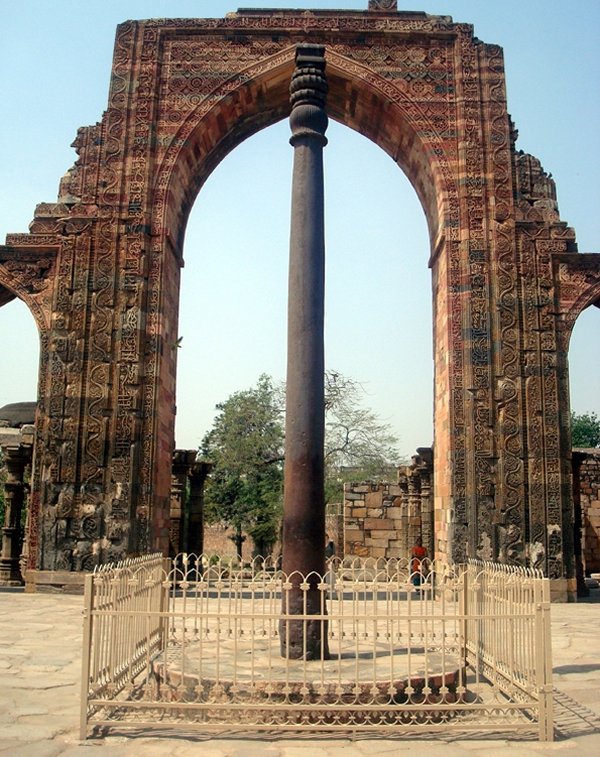
Metallurgy reached an advanced level in ancient India. Smelting of metals and derivation of alloys was done since 3000 BCE in ancient India. In the exchanges of goods between India, Egypt and Rome, metal trade from India was significant. Indian tools made from iron and steel were in great demand for war as well as agriculture.
Records show that the first supplies of the weapons that figure in the earliest recorded history of the people of Mediterranean came from India. The most outstanding examples of the capability and workmanship of Indian artisans include the famous Iron pillar at Delhi.
MessageToEagle.com
Related Posts
-
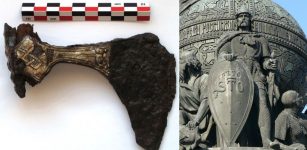 Unique Ceremonial Axe With Marks Of Legendary Viking Chief Rurik Discovered
No Comments | May 3, 2016
Unique Ceremonial Axe With Marks Of Legendary Viking Chief Rurik Discovered
No Comments | May 3, 2016 -
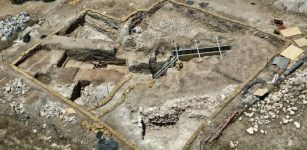 Mysterious Massive 3,800-Year-Old Structure And Passageway Found In The Jezreel Valley, Israel
No Comments | Aug 24, 2023
Mysterious Massive 3,800-Year-Old Structure And Passageway Found In The Jezreel Valley, Israel
No Comments | Aug 24, 2023 -
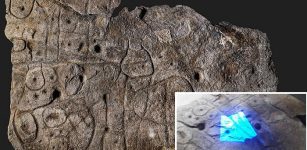 Large Bronze Age Stone May Be Europe’s Oldest 3D Map
No Comments | Apr 8, 2021
Large Bronze Age Stone May Be Europe’s Oldest 3D Map
No Comments | Apr 8, 2021 -
 Ancient DNA Illuminates Unknown ‘Ghost’ Populations In Sub-Saharan Africa
No Comments | Jan 23, 2020
Ancient DNA Illuminates Unknown ‘Ghost’ Populations In Sub-Saharan Africa
No Comments | Jan 23, 2020 -
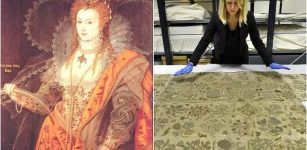 Only Surviving Piece Of Clothing Worn By Queen Elizabeth I Discovered Behind A Church Altar
No Comments | Jan 9, 2017
Only Surviving Piece Of Clothing Worn By Queen Elizabeth I Discovered Behind A Church Altar
No Comments | Jan 9, 2017 -
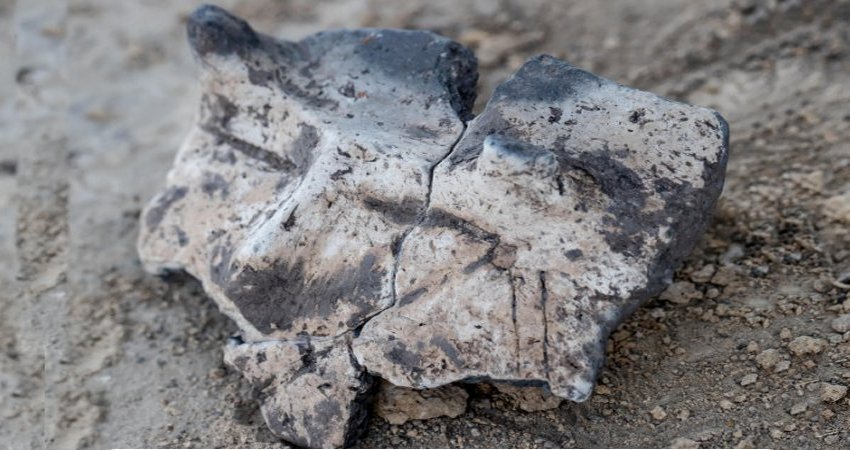 Unusual 7,000-Year-Old Jar Decorated With A Horned Face Found In Poland
No Comments | Sep 4, 2020
Unusual 7,000-Year-Old Jar Decorated With A Horned Face Found In Poland
No Comments | Sep 4, 2020 -
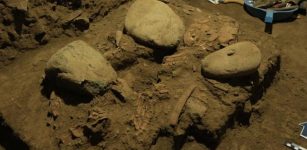 Mysterious Toaleans – Remains Of Unknown Humans Who Lived 8,000 Years Ago Discovered In The Leang Panninge Cave
No Comments | Aug 26, 2021
Mysterious Toaleans – Remains Of Unknown Humans Who Lived 8,000 Years Ago Discovered In The Leang Panninge Cave
No Comments | Aug 26, 2021 -
 Never-Before-Seen Structures Of King Herod’s Magnificent Palace Herodium Unveiled
No Comments | Dec 12, 2020
Never-Before-Seen Structures Of King Herod’s Magnificent Palace Herodium Unveiled
No Comments | Dec 12, 2020 -
 Lake Huron Was Home To A 9,000-Year-Old Civilization – Underwater Structures And Artifacts Reveal
No Comments | Jun 24, 2021
Lake Huron Was Home To A 9,000-Year-Old Civilization – Underwater Structures And Artifacts Reveal
No Comments | Jun 24, 2021 -
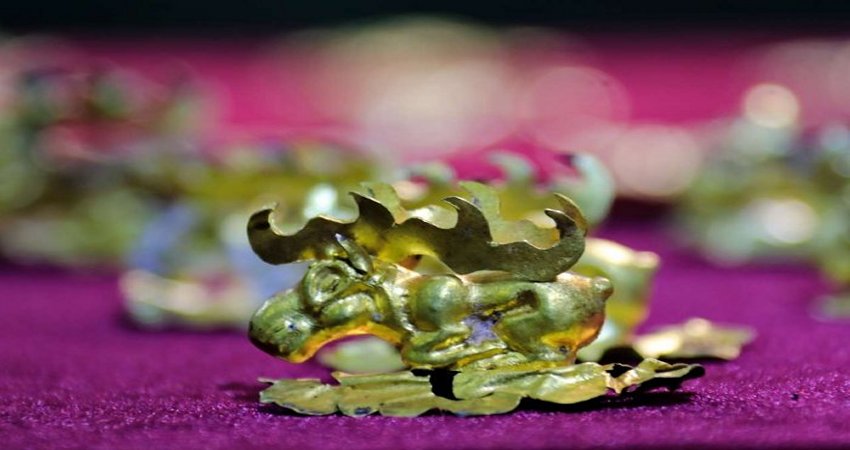 Gold Dated To Scythian-Saka Era Unearthed In Valley Of The Kings In East Kazakhstan
No Comments | Sep 15, 2020
Gold Dated To Scythian-Saka Era Unearthed In Valley Of The Kings In East Kazakhstan
No Comments | Sep 15, 2020
